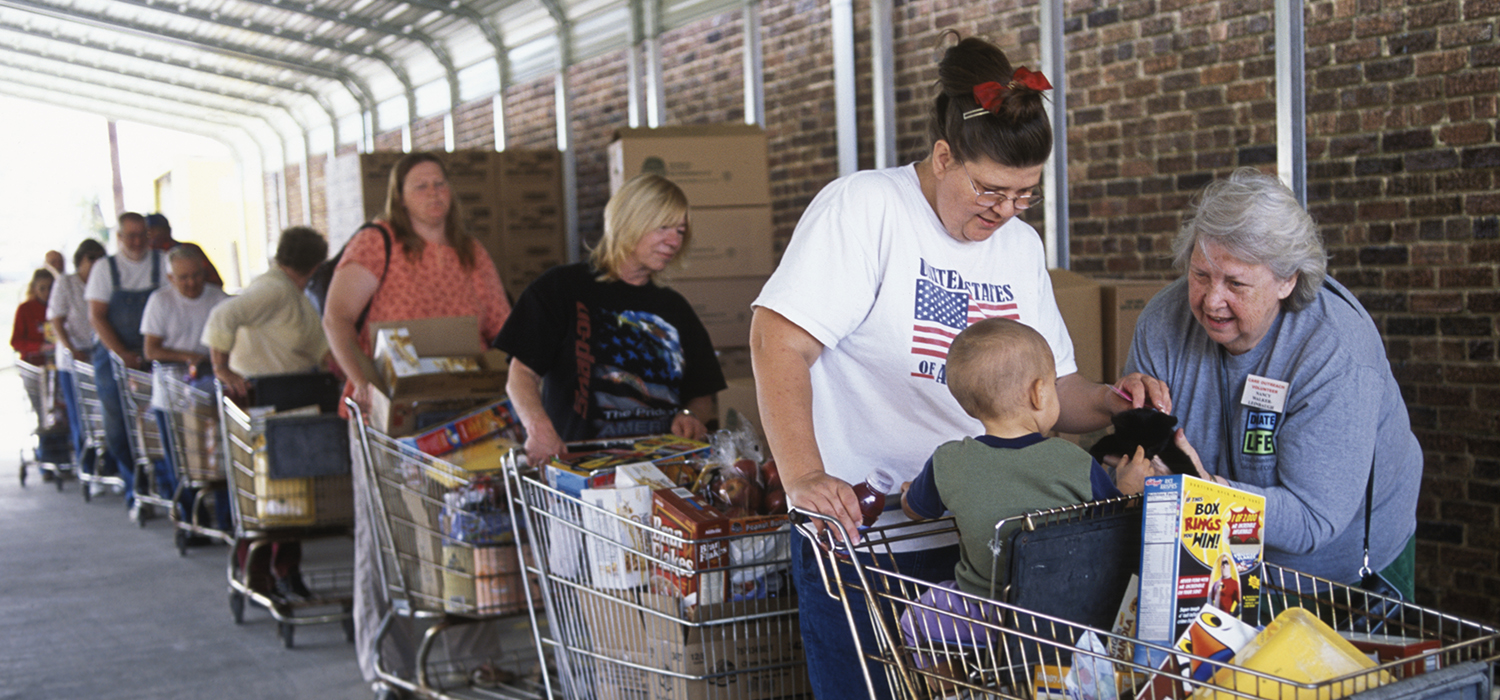
<p>Alison Wright/Getty Images</p>
The COVID-19 pandemic has underscored the health disparities and vulnerabilities of rural communities. People living in rural areas tend to be older, have higher rates of underlying chronic disease, and are more likely to experience a disability than those living in urban areas. Their life expectancy is lower than that of people living in urban areas and has been worsening over the past decade.
Improving health equity in rural areas to ensure everyone has a fair and just opportunity to be as healthy as possible requires a long-term commitment that extends beyond our present crisis. It involves not only improving rural access to health services, combating hospital closures and limited capacity, and addressing the ongoing opioid crisis but also fundamentally addressing deep inequities in basic health-promoting infrastructure.
In celebration of National Rural Health Day, we are lifting up the evidence and policy solutions generated by Urban Institute research on how state and federal policymakers can promote health equity in rural communities through smarter investments in housing, water, and food access.
Stable, affordable housing
Housing is one of the best-researched social and economic determinants of health. Yet many rural communities face shortages of affordable rental housing and homes available for purchase at low price points. This is a problem for both low-income growing and aging families who need more affordable choices. Policymakers seeking to help these households can consider the following policy solutions:
- Increase the supply of affordable rental housing. Increasing public sector resources for the production of new rental units, improving developer incentives for new projects, and promoting more flexible building types for rural communities could all help improve housing stability of rural residents and support better health outcomes. Our map can help prioritize places with the greatest need for more affordable rental housing.
- Shape policies to work well in rural places. Between 2000 and 2015, the Low-Income Housing Tax Credit funded more than 1 of every 10 rental units in 51 rural counties. Yet this critical federal rental construction and preservation program can be difficult for rural projects to access. Policymakers can work to make this and similar programs work better in rural areas.
- Increase the supply of quality housing available for purchase. Older adult homeowners in rural areas with little or negative home equity may lack the resources to improve their housing or to move elsewhere. Communities could prioritize increasing choices for this demographic through loosening land-use regulations for manufactured housing production and providing incentives and government subsidies for improving older homes.
Clean and safe drinking water
Some rural communities face long-standing challenges in accessing clean and safe drinking water, particularly tribal communities such as the Navajo Nation, where one in three residents lacks access to running water or indoor plumbing. This inequity has contributed to ongoing health disparities and requires immediate action, as well as longer-term solutions, including the following:
- Support universal access to clean water. Contaminated drinking water and lack of sanitation are linked to increased transmission of disease and elevated risk of cancer. Increasing access to clean and safe drinking water for rural communities could help to immediately reduce barriers they face in combating the pandemic and could also help to reduce historic health disparities.
- Invest in right-sized infrastructure for rural households. Small-scale systems, such as water systems that serve clusters of homes, can be more cost-effective than extending larger urban systems. Where that isn't possible, unregulated wells could be made usable by installing solar filtration systems or other water treatment technologies.
- Build capacity of existing systems. Small community water systems struggle with maintenance necessary to avoid health-related water violations, often because communities are poor and payment rates are low. Additional resources, including capital and capacity building, may ensure functioning systems don't fall out of compliance.
Food
Hunger remains a challenge for many rural communities—rural counties concentrated in the southern US have the highest rates of food insecurity in the country. The lack of public transportation is a significant barrier for accessing food, particularly for people with low incomes. Evidence shows the following can help:
- Help people get to food. Many rural communities are considering strategies (PDF) that expand transportation service to combat food insecurity, such as exploring ride-sharing models and expanding public transportation service.
- Bring food to people’s homes through reliable delivery models. The federal Food Distribution Program on Indian Reservations distributes food to very low–income households in tribal communities. Although it is designed as a supplemental food source, 38 percent (PDF) of participating households relied on it as the sole or primary source of food. Communities are also piloting mobile grocery markets that take food to public facilities and neighborhoods with limited access.
- Target investments to the places with greatest need. An Urban Institute map makes it easier to identify the counties struggling with food insecurity alongside solutions that account for other risk factors in the community, including physical health, housing costs, demographics, and income and employment.
When the pandemic subsides, many of the underlying challenges that made rural communities vulnerable to COVID-19 will remain. Targeted investments in the housing, water, and food security solutions are an important first step toward solving these challenges. Yet most evidence we have is from cities, so we still have questions about what works best in rural areas. People in rural areas deserve the same access to life-improving resources, services, and evidence as those in urban areas. More research can build the evidence base to support healthier, more resilient futures for rural communities.
Let’s build a future where everyone, everywhere has the opportunity and power to thrive
Urban is more determined than ever to partner with changemakers to unlock opportunities that give people across the country a fair shot at reaching their fullest potential. Invest in Urban to power this type of work.